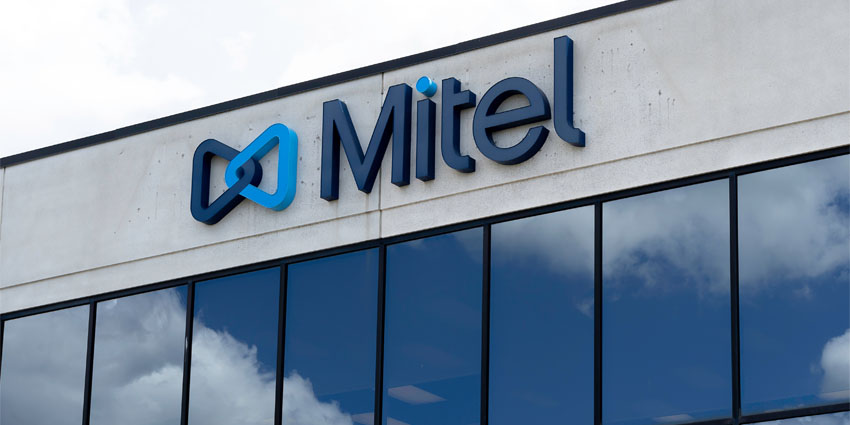Over the years, we’ve seen a lot of changes to the way that companies compete for their share of the market. Back in the day, PBX vendors had to differentiate themselves by fighting over how good a plastic phone looked on a desk, or which platform had the most call parking bays. The more features you could offer, the better, from visual voicemail to click-to-dial functionality.
It made sense, back then, to compete on feature offerings. Companies were constantly looking for ways to innovate, and vendors were under constant pressure to keep delivering bigger and better experiences. However, when VoIP became the de-facto choice for comms, the playing field started to change.
We began looking at the convergence of computers and telephony. Then came the move to the cloud, and businesses had to decide between hybrid, private, and public deployment options.
Changing the Rules of the Communications Game
In the era of the cloud, most vendors embraced slightly different views on how to handle the cloud-based on where they were in the transition to subscription-based pricing and how much tin they had left in the warehouse. However, for the last decade or so, it seems like the foundational move to the cloud has been keeping vendors busy. I’d argue that investing in new ground-breaking features became a lower point on the to-do list. End customer organisations were too busy worrying about supporting the move to cloud than anything else.
Then a second wave of convergence began, and things like channel-based messaging (e.g Slack) and persistent chat entered the landscape, adding a new dimension to communication with colleagues. The term team collaboration began to emerge.
Next, the pandemic emerged, and the future of work was no longer a distant ideal lurking in the months or years to come – it was something we all needed to embrace immediately. Working from home and using video to connect became a must-have. Virtual spaces began dominating meetings, and the world switched heavily to a digital landscape.
Now that this cloud move has happened en masse, and legacy investments aren’t just gathering dust in the cupboard anymore, the space is changing. Vendors are accelerating their resource and development strategies at a much faster pace.
The Return to Innovation
With the strain of moving to the cloud out of the way, the focus can once again shift to innovation and creation. We already see evidence of that all over. Microsoft, the largest tech firm in the world, is the most nimble for delivering new innovative features. This in itself, is a tough thing to comprehend when you consider how much of a heritage company Microsoft is. It’s almost bizarre that this huge organisation is also so agile.
The features game, as far as I can see, seems to be back on. It’s a war of worlds, a game of thrones, and finally, the features are back in the spotlight. Companies are searching for ways to stand out with what they can offer, which means innovation can happen at an incredible pace yet again.
New features are beginning to appear wherever we look, from custom backgrounds that take you out of your cluttered home office, to live transcription and noise suppression. We’ve got amazing talking endpoints enhanced with artificial intelligence, as well as filters and emojis to make conversations more fun. All of these components are doing wonderful things to capture the attention of the digital generation.
Personally, I’m pretty excited about the newfound conversations I’m having with vendors about the product roadmaps they’re bringing into the mix.
The Future is Now
There are plenty opportunities available for companies willing to take advantage of the quest for better features. Technology like AI, VR, AR, and IoT are already making a huge difference to the way that we meet. In the future, further growth in these spaces could unlock new opportunities in things like holograms and holopresence. Vendors are already making strides in these spaces, and the rise of 5G and better connections will take this tech even further.
We’re in a new era of unified communications, and the right technology has never been so essential to the success of any business. Although some companies still might not have adopted the latest technology trends, these changes are coming sooner than you’d think.
UC is evolving quickly, and siloed, un-integrated communication platforms are a thing of the past. We either embrace the future of disruptive features, or we crumble in the past.







